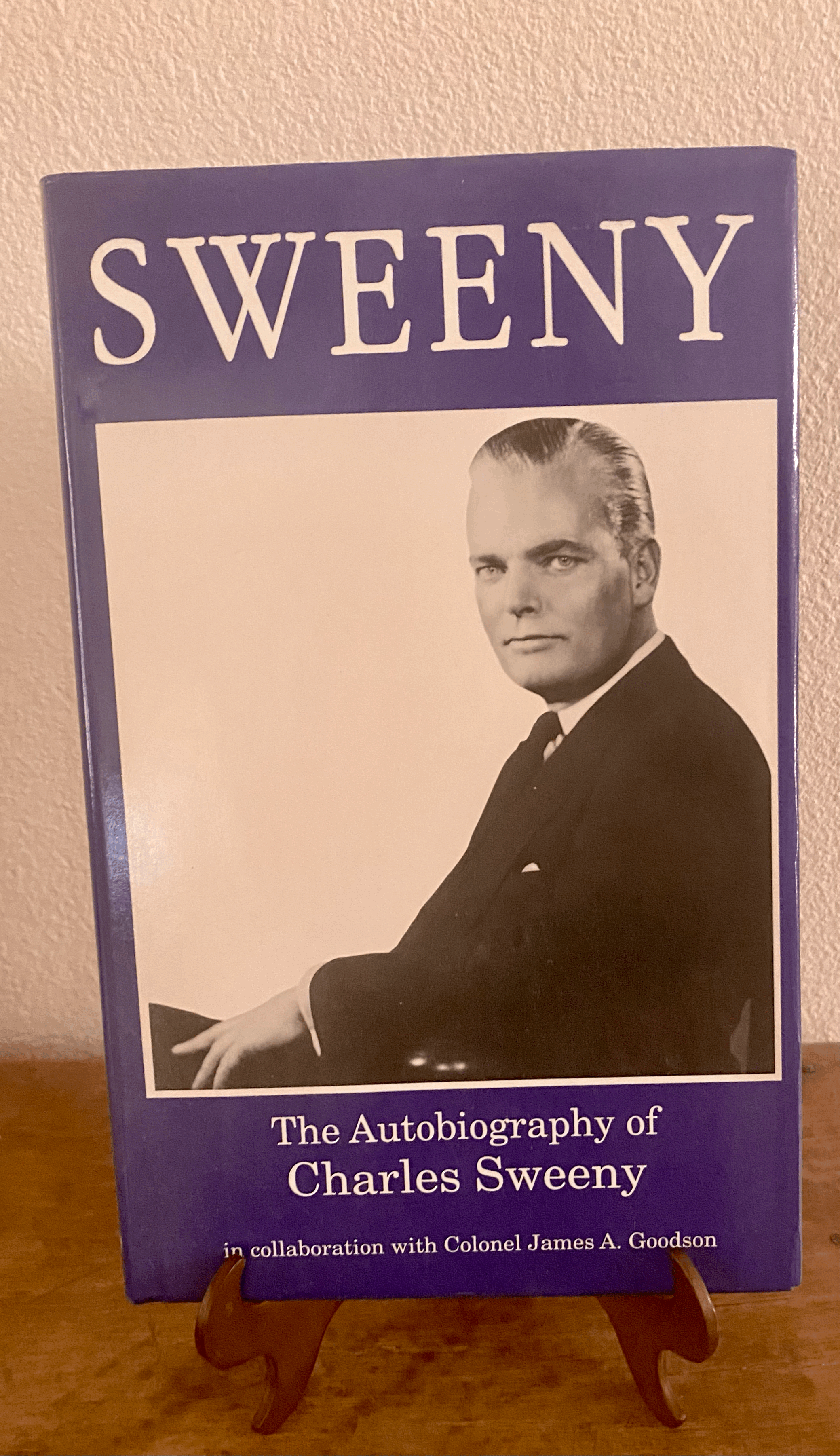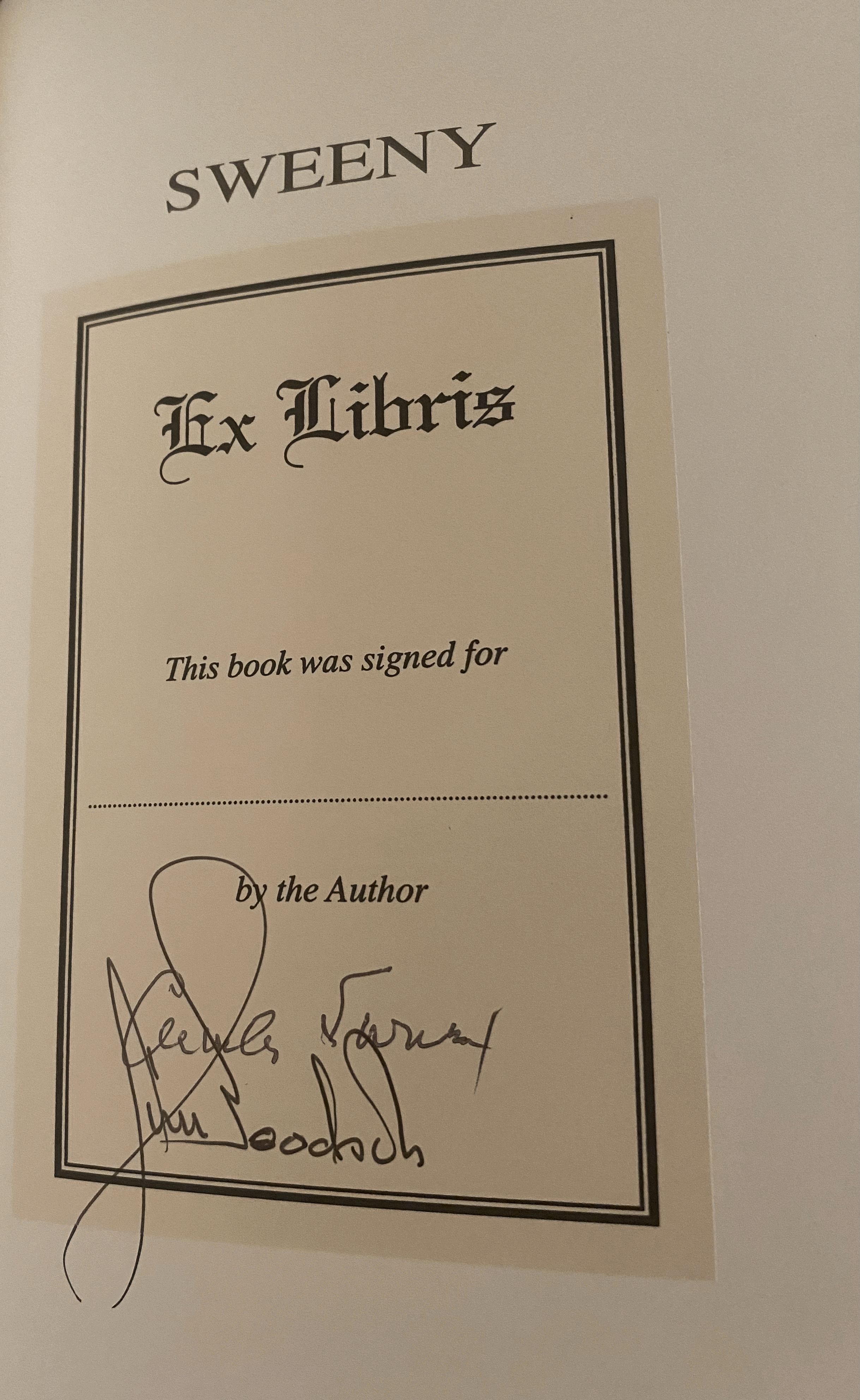Sweeny
Sweeny
Charles Francis Sweeny (October 3, 1909, Scranton, Pennsylvania – March 11, 1993) was an American businessman and socialite who played a major role in the formation of the Eagle Squadrons, composed mostly of volunteer American pilots eager to fight in the Royal Air Force prior to the United States entering into World War 11. With the outbreak of the Second World War, and living in London he formed a Home Guard unit, the First Motorised Squadron, composed of American expatriates in London. Then, while his soldier-of-fortune uncle Charles recruited pilots from the still-neutral United States for the French Air Force, he proposed to the Air Ministry y the idea of raising an American squadron for the Royal Air Force (RAF). In July 1940, the Ministry accepted his recommendation, and the first of the Eagle Squadrons, 71 Squadron, was authorized, though it was not formed until September. The squadrons were staffed by the few Americans already serving in the RAF and new recruits.] The two Sweenys recruited pilots in the United States and paid for their travel to Canada and from there to Britain. The younger Sweeny designed the shoulder patch for the uniform; it featured an eagle, hence the name "Eagle Squadrons". One of the recruits by way of France to the Eagle Squadron was Colonel James A. Goodson.
James Alexander Goodson was born March 24th 1921 in New York city of English parents. His mother moved to Toronto after his fathers death Upon graduation he went to England prior to the start of WW2. He was in Paris when Germany invaded Poland and returned to england and booked passage back to Canada on the on the S.S. Athenia, the last ship to leave Liverpool prior to war being declared. When off the Hebrides, the passenger ship was struck by a torpedo from a German U-Boat. Of the 112 killed, 88 were women and children fleeing the conflict in Europe. Goodson helped with the survivors and then had to swim to a lifeboat. They were later rescued by a Norwegian tanker, which returned them to Galway, Ireland. He was so angered by the attack that he immediately enlisted in the RAF. He was sent Back in Canada, the RCAF gave him flight training in Dunville, Ontario. After completing his training in the RCAF on 12 May 1941 he was assigned, as a Sergeant Pilot, to the RAF and sent to an Operational Training Unit, flying Hawker Hurricanes in England. On 6 June 1942 Jim joined his combat squadron, No. 416 (Canadian), flying Spitfires. He saw plenty of action with the squadron, including covering the ill-fated Dieppe landing in August. On 24 August Jim was transferred to No. 133 (Eagle) Squadron, based at Debden. On 29 September the unit was accepted into the USAAF. Jim was in the 4th Fighter Group, 336th Squadron. As a Lieutenant in the newly formed group he still flew Spitfires until January 1943, when U.S. planes became available. His group switched to P-47 Thunderbolts, a very different plane from the Spitfire, but quite potent in its own right. Goody" had flown combat in Hurricanes, Spitfires, Thunderbolts and Mustangs, and had 30 enemy aircraft to his credit. His decorations included the Distinguished Service Cross, the Silver Star, the Distinguished Flying Cross with eight Oak Leaf Clusters, the Air Medal with 20 Oak Leaf Clusters, the Distinguished Unit Citation, and the Purple Heart.
This book, Sweeny, was published 1991 and purchased that same year. It has been stored since and never read. It is in NEW CONDITION. It is signed by the Author Charles Sweeny and also Colonel James A. Goodson. Signatures are on a bookplate as pictured. Two books written by Jim Goodson are available on this site: Tumult in the Clouds and The Last of the Knights.

